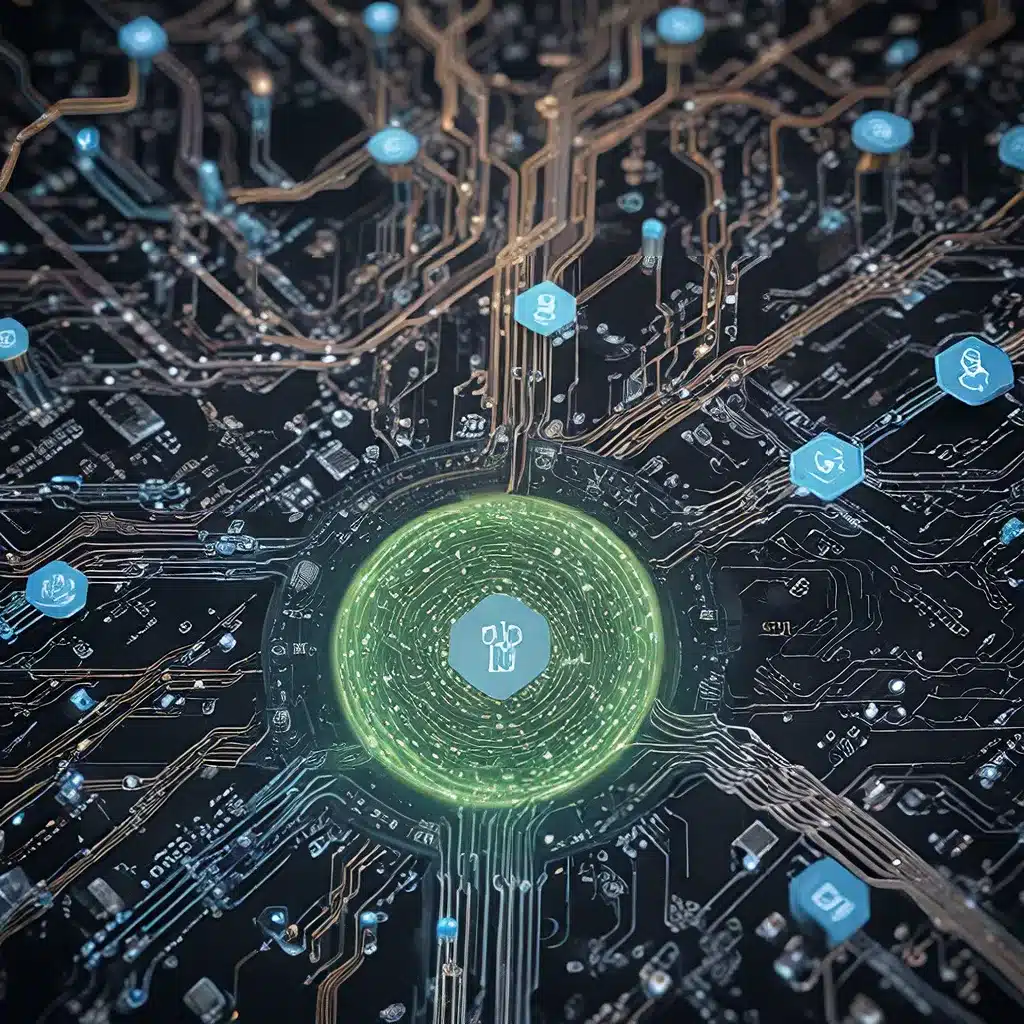
Harnessing the Power of Data and AI for Next-Generation Sensor Networks
As the Internet of Things (IoT) continues to expand, the volume and complexity of sensor data have grown exponentially. Sensor networks now generate vast amounts of structured, semi-structured, and unstructured data from a wide range of sources, including smart devices, industrial equipment, and environmental monitoring systems. Unlocking the potential of this Massive Big Data ecosystem is crucial for organizations seeking to drive innovation, enhance efficiency, and deliver exceptional experiences in the IoT era.
Retailers worldwide are achieving significant growth in sales and profitability by employing omnichannel consumer engagement strategies powered by data analytics, artificial intelligence (AI), and machine learning (ML). These technologies enable hyperpersonalization, accurate demand forecasting, and efficient inventory management, among other benefits. Similarly, sensor networks in industries such as manufacturing, transportation, and smart cities are generating a wealth of data that can be leveraged to drive operational efficiency, enhance sustainability, and improve decision-making.
Unlocking Insights from Sensor Data
Traditionally, sensor networks have relied on structured data, such as product, customer, and inventory information. However, the evolution of database technologies, from SQL to NoSQL, document, columnar, and vector databases, has enabled the effective use of semi-structured and unstructured data. This includes social media feeds, multimedia content, third-party data, and IoT sensor data from smart devices and logistics systems.
Organizations are transitioning from traditional data warehouses to data lakes and oceans, enabling them to extract valuable insights from a wide range of data sources. Advanced analytics capabilities, powered by AI and ML, have progressed from basic trend reporting to predictive analytics and real-time data processing. This allows organizations to capitalize on time-sensitive opportunities, such as delivering hyperpersonalized promotions, managing programmatic procurement and pricing, and optimizing deliveries from dark stores.
Embracing Unstructured Data
While structured data has traditionally been the focus, unstructured data has become increasingly important for enhanced consumer engagement and leveraging diverse data sources. Sources of unstructured data include emails, chats, call logs, social media feeds, audio records, scanned documents, images, and videos. Historically, managing and utilizing vast amounts of unstructured data was labor-intensive, but advancements in AI models have simplified these tasks.
Video content, in particular, has become a significant data source offering insights into product reviews, customer feedback, and social media complaints. The complexity of workflows in industries like retail adds another layer of unstructured data to manage, but the insights derived from this data can enhance revenues, customer lifetime value, and profits through programmatic procurement and inventory management.
Sensor Data Analytics and Machine Learning
To effectively leverage sensor data and drive IoT applications, organizations must embrace sensor data analytics and machine learning. These technologies enable a range of capabilities, including:
- Predictive Maintenance: Analyzing sensor data from industrial equipment to predict and prevent breakdowns, reducing downtime and maintenance costs.
- Smart City Optimization: Utilizing sensor data from traffic signals, parking meters, and environmental monitors to optimize urban infrastructure and improve citizen experiences.
- Supply Chain Visibility: Tracking and analyzing sensor data from logistics equipment, such as vehicles and warehouses, to enhance supply chain efficiency and visibility.
- Personalized Services: Leveraging sensor data from smart home devices, wearables, and user interactions to deliver personalized recommendations and experiences.
Addressing Sensor Network Challenges
While the benefits of sensor data analytics and machine learning are clear, there are several challenges that organizations must overcome to successfully implement these technologies:
Data Integration and Interoperability
Integrating data from diverse sensor networks and legacy systems can be a significant hurdle, as data silos and fragmented applications often create roadblocks. Establishing a centralized data repository or data ocean is crucial for ensuring accessibility and enabling cross-functional data utilization.
Security and Privacy Concerns
As sensor networks collect and transmit sensitive data, organizations must prioritize security and privacy measures to protect against cyber threats and data breaches. Implementing robust encryption, access controls, and anomaly detection can help mitigate these risks.
Energy Efficiency and Power Management
Sensor networks, especially in remote or distributed environments, must be energy-efficient to ensure long-term sustainability. Advances in low-power sensor technologies, energy harvesting, and edge computing can optimize power consumption and extend the lifespan of sensor deployments.
The Future of Sensor Networks and IoT
The convergence of sensor data analytics, machine learning, and IoT is poised to transform various industries and unleash a new era of smart applications. As organizations continue to embrace these technologies, we can expect to see a range of advancements, including:
- Predictive Analytics: Leveraging AI-driven predictive models to anticipate and respond to emerging trends, market shifts, and customer demands.
- Autonomous Decision-Making: Enabling self-learning sensor networks to make real-time decisions and adaptations based on collected data, reducing the need for human intervention.
- Intelligent Edge Computing: Deploying edge devices with advanced computing capabilities to process sensor data locally, minimizing latency and improving responsiveness.
- Immersive User Experiences: Integrating sensor data with augmented reality (AR) and virtual reality (VR) technologies to create highly personalized and engaging experiences for customers and employees.
By embracing the convergence of sensor networks, data analytics, and machine learning, organizations can unlock a new frontier of smart IoT applications that drive innovation, enhance efficiency, and deliver exceptional experiences. As the Massive Big Data ecosystem continues to expand, the future of sensor networks holds immense promise for organizations seeking to stay ahead in a rapidly evolving technological landscape.
Visit sensor-networks.org to explore more insights and resources on the latest advancements in sensor network design, IoT applications, and data-driven decision-making.